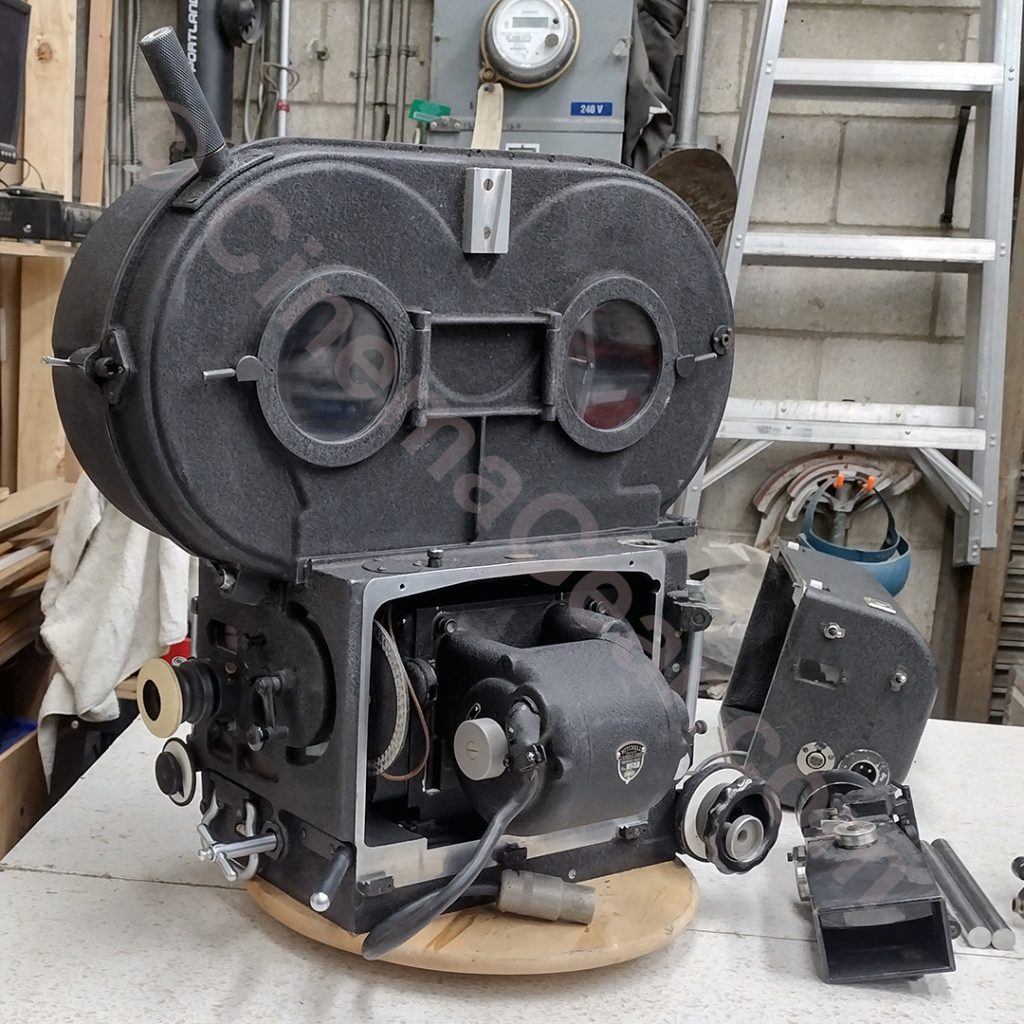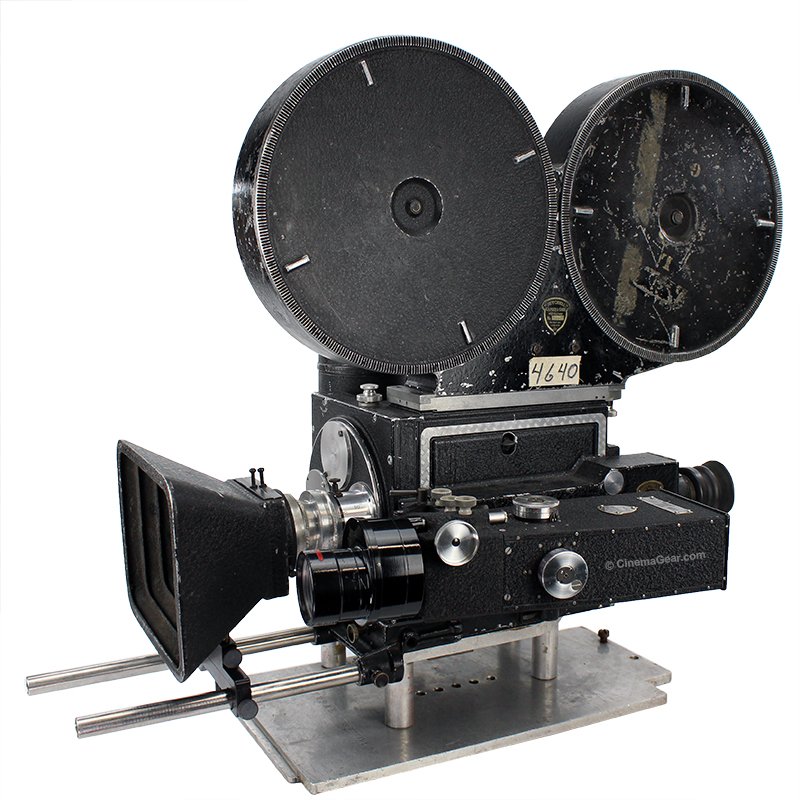With all good intentions, today I was going to show you Mitchell BNC #357 running to demonstrate how nice and quiet it is. However, the motor that came with the camera is a TechniCraft synchronous motor, and it did not come with the power cable. The only thing I could find about this motor was that it ran at 48V DC, and nothing else. So, with no wiring diagram or technical data, this has to be set aside for the time being. (Although, if any of you are familiar with this motor, that was made for Columbia Pictures, I would love to know what you know.)
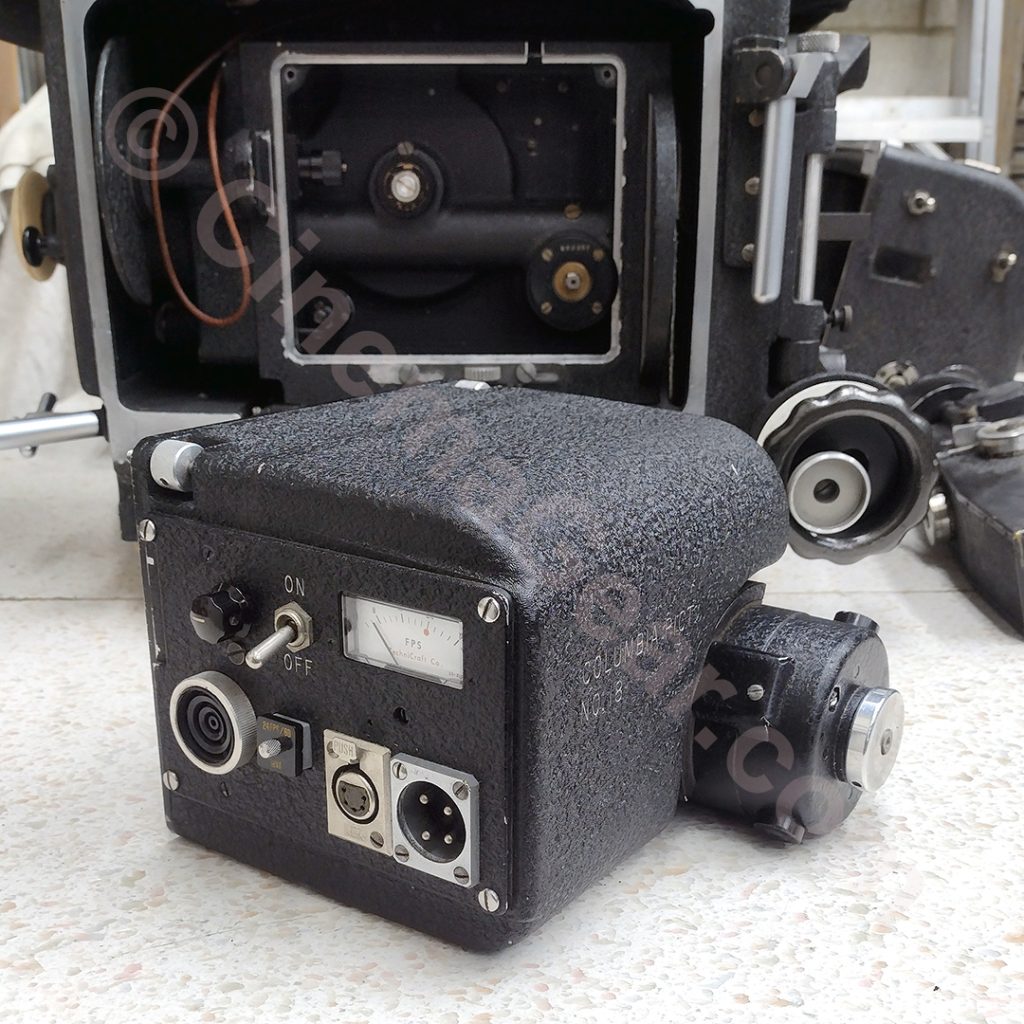
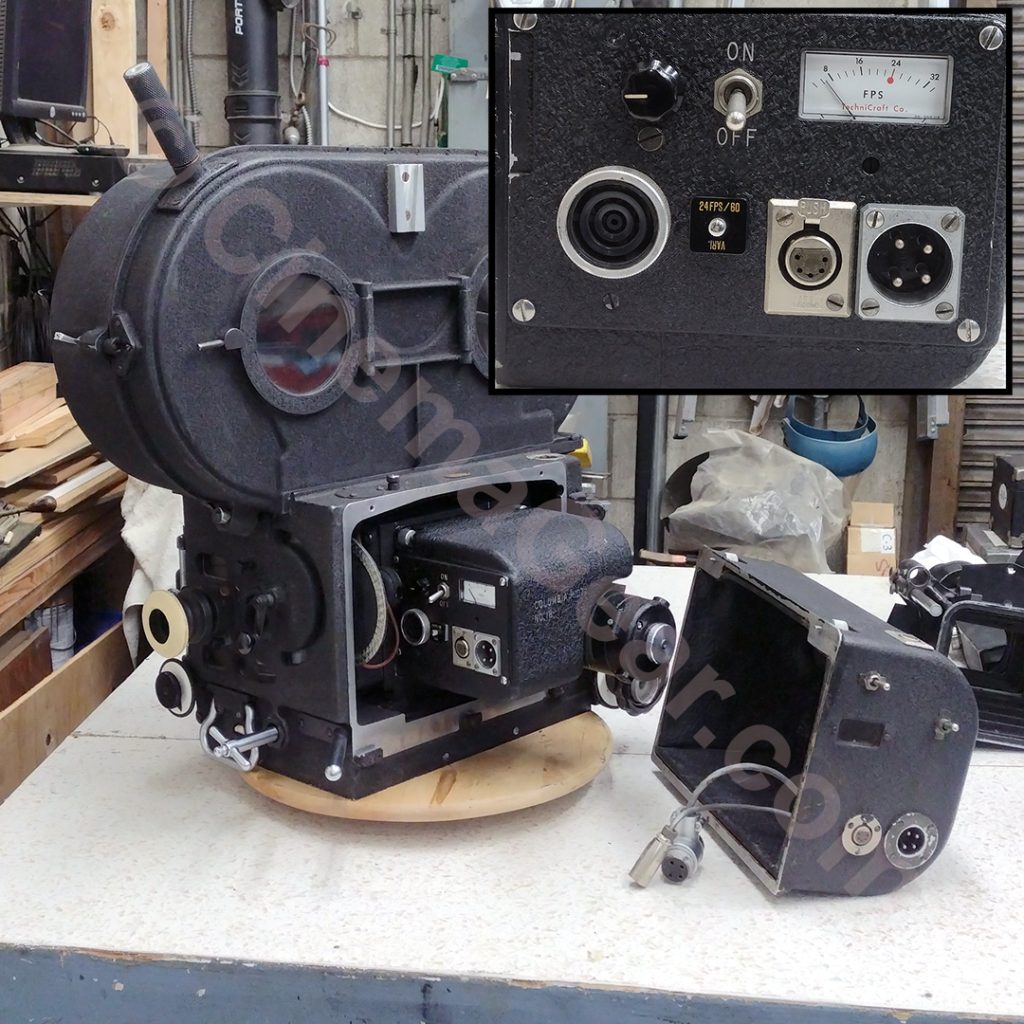
I installed the TechniCraft motor on the camera to see how it looked and if it would rackover with the motor blimp that came with the camera, and sure enough, that all worked. I find it very interesting that, in the time when reflex BNCs were becoming popular, that they went to the effort to make this motor work for the rackover BNC as well as the reflexed BNCR. It is just a guess based on the technology I see on the motor, but it looks like it was built in the mid to late 1960s, and it is fascinating to see how the old and new technology were melded here. So, if I had the power cable, or the technical specifications so I could make one, I would have kept this motor paired with this camera.
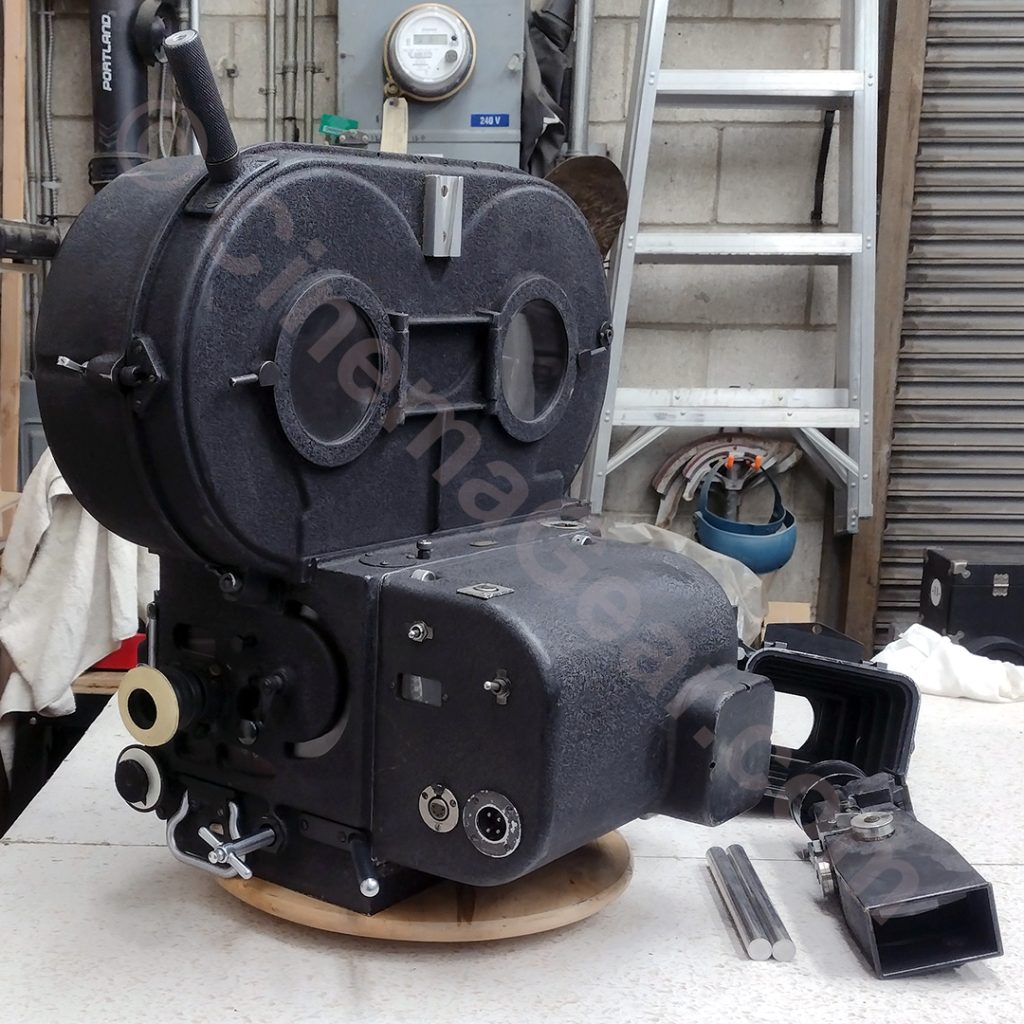
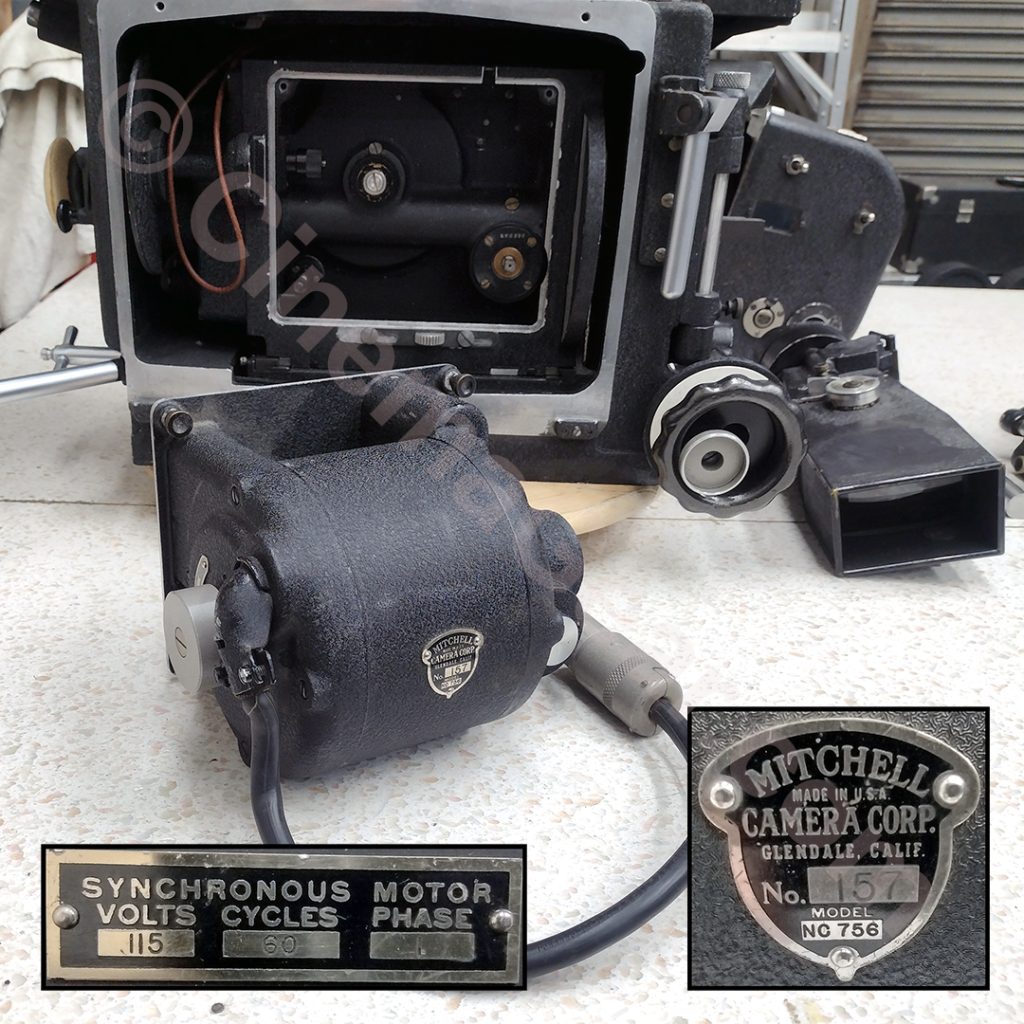
While I sat there feeling sorry for myself, it occurred to me that I have a more age-appropriate motor for this camera, a Mitchell 110V AC synchronous motor. The 110V sync motor was originally developed to power the Mitchell NC camera, but was also made available by the factory with the Mitchell BNC. Disappointment struck once again though, as the starting capacitor on this motor only had one run left in its life. I am currently busy sourcing 2 things: The correct starting capacitor for the Mitchell sync motor, and the correct blimp housing for this motor. Hopefully I will be able to bring all the parts together and have the camera up and running again so I can demonstrate how filmmakers used the original BNC.
